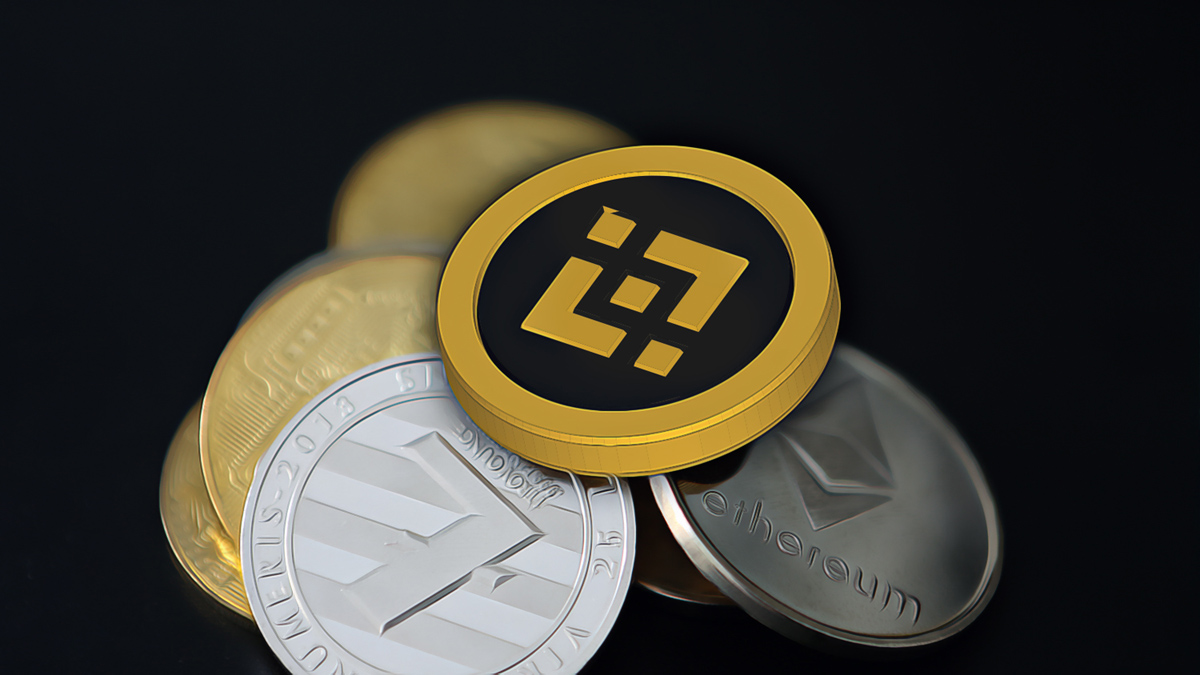The Bank of Korea (BOK) has clarified its approach to stablecoin regulations. The bank announced its intention to “actively participate” in the preparation process of the second phase of cryptocurrency legislation being developed in the country. This decision is rooted in concerns that the use of stablecoins could undermine the effectiveness of monetary policies and create systemic risks within the financial system. The statements indicate that the aim is to establish a comprehensive oversight mechanism at a systemic level, not just for individual investors in the cryptocurrency market.
Stablecoins Threaten Monetary Policies
In a published report on payment systems, the bank emphasized that stablecoins differ from general cryptocurrencies due to their direct payment functionalities. The report cautioned that widespread adoption of such assets could render the monetary policies implemented by the BOK ineffective. Furthermore, it was noted that crises in the stablecoin market could have direct impacts on the traditional financial system and threaten the integrity of payment systems.

The BOK expressed its intention to provide suggestions on how the regulation of stablecoins should be shaped. It highlighted that the regulatory framework must focus on both user security and macroeconomic stability. While acknowledging that the presence of stablecoins in the market is now inevitable, the bank also warned that unchecked growth could lead to significant financial consequences.
Stablecoin Provisions in the New Legislative Draft
The first cryptocurrency law, which came into effect in July 2024, primarily focused on investor protection. However, the new legislative draft being developed will include specific regulations for stablecoins based on current needs. This new framework will also clarify the classification of cryptocurrency service providers and introduce more transparent rules for altcoin listing and disclosure processes.
The country’s financial regulatory body, the Financial Services Commission (FSC), plans to begin drafting the legislation in the second half of this year. The central bank will contribute to this process with technical insights and regulatory proposals. A critical discussion point will be under what circumstances stablecoins can be recognized as payment instruments and what regulatory mechanisms they will be subjected to.
Furthermore, the BOK’s report revealed that as of December 2024, there are 18.25 million cryptocurrency investors in the country, which corresponds to over 35% of the population. The average daily trading volume at South Korea’s five largest cryptocurrency exchanges stands at around 12.1 billion dollars. Additionally, the central bank is conducting a trial process involving local stores, citizens, and banks to test its own digital currency. The second phase of trials, starting in October, will focus on the technical feasibility of peer-to-peer transfers.

 Türkçe
Türkçe Español
Español








